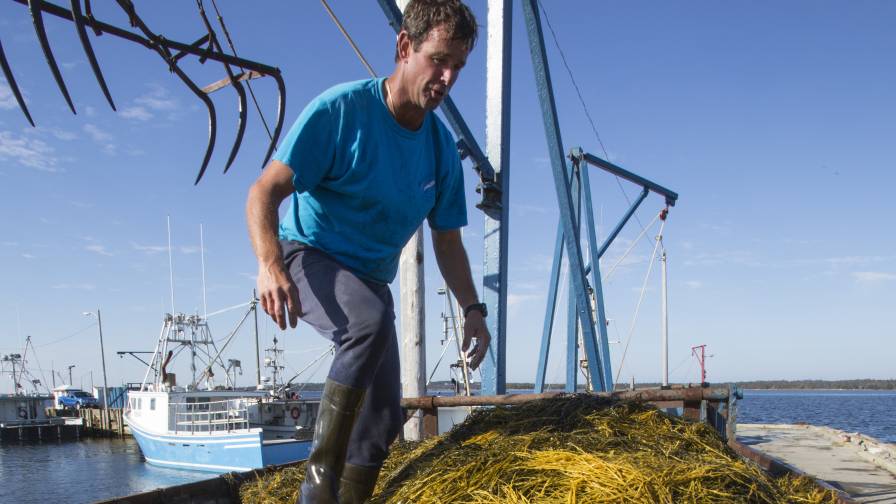Learn The Customs
Those of you who receive our weekly e-mail newsletter, FCI eNews, have read about some of the experiences that Associate Publisher Eric Davis and I had at the enormous CAC exhibition in Shanghai.
The CAC, organized by CCPIT, was bigger than ever this year, attracting thousands of attendees and hundreds of exhibitors from around the world. It featured a valuable seminar series sponsored by Red Sun and a remarkable exhibition floor where even the design and sophistication of the booths was better than ever before.
Not everything was rosy for us in China, however. When we arrived, we were surprised to find that the materials we had mailed to our hotel had never arrived. These included copies of the magazine, promotional pamphlets for our upcoming FCI Trade Summit in Toronto (if this is the first you’re hearing of it, stop reading this column right now and go take a look, it will be well worth it), and, worst of all, the signs and graphics for our booth at CAC. With just two days to go before the show opened, we found ourselves empty handed.
We followed the shipping trail until we learned that our packages were stuck in customs. Even with the help of the hotel staff and CCPIT, we could not get them released. This was very bad news: we knew we would be meeting new contacts at CAC, and it does not make a very good impression to be a media business sitting in a barren booth.
Luckily, we quickly crafted a Plan B. Sun Heying of CCPIT was extremely helpful, offering to print enlarged versions of some of our materials for the side panels of our booth. For the backdrop — and, as the CAC provides its exhibitors with nice, large booths, the backdrop was about as big as a queen-size bedsheet — we had to see what we could do on our own.
The morning we were supposed to be setting up our booth instead was spent in my hotel room, trying to create a huge image that we had no idea how were going to print. It took a long time, and if I didn’t respect our graphic artist Maggie Puskas enough before, I certainly do now; while I’m not a stranger to PhotoShop, there’s no way I could do this sort of thing full-time, nor turn out the quality that she does.
After doing our best to create the file, the next step was finding a printer. The concierge at our hotel stepped in here, and walked us a few blocks away to a small printing company. Thankfully, our associate in Shanghai, Rose Shen, helped negotiate a fair price for the job — more than fair, actually; the price was about a third of what we paid for the same job in the US. Would the quality be the same? No way to know until we saw the final product.
The next morning, our backdrop arrived, and it was beautiful, no problems with the printing whatsoever. Obviously, the design was not as nice as the one created by our artist at home, but in a pinch, we were happy with it.
And in the long run, we’re better for it. Aside from the higher printing cost in the US, there was the hundreds of dollars we paid to ship it to China. Now, since we trust that the work will be done well, we will save a lot of money by simply bringing our artwork on a CD, and printing it in China.
This experience echoes a lot of what we’ve heard about business in China. For foreign companies, there are always going to be unknowns, always a certain amount of risk. But by finding help in the form of partners you can trust, the rewards can be great. And in today’s competitive business climate, finding a way to reap those rewards is a must — like our situation, there often is no other choice. But once you find a way to make those connections work to your benefit, you’ll wonder why you hadn’t done it before …





